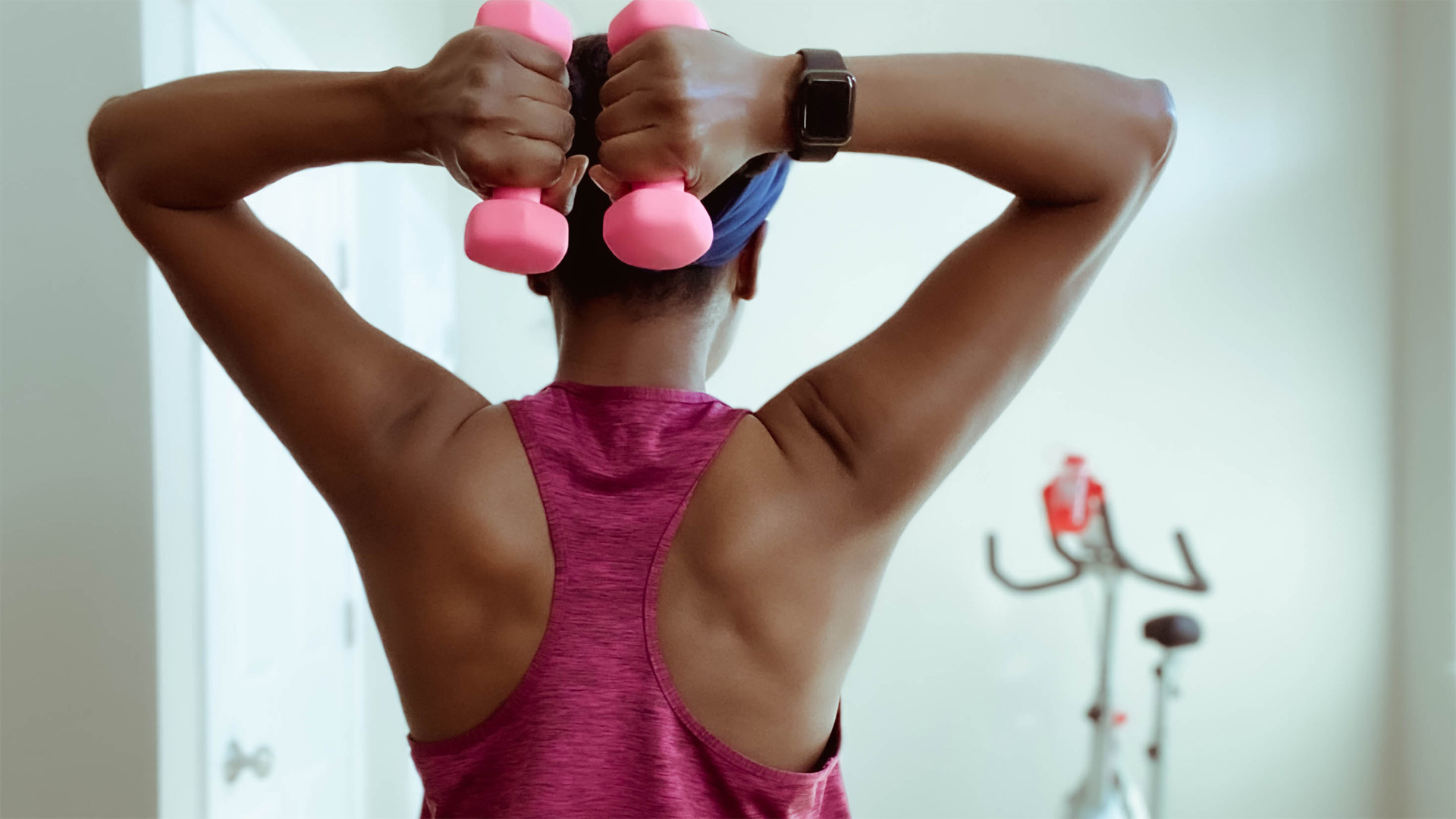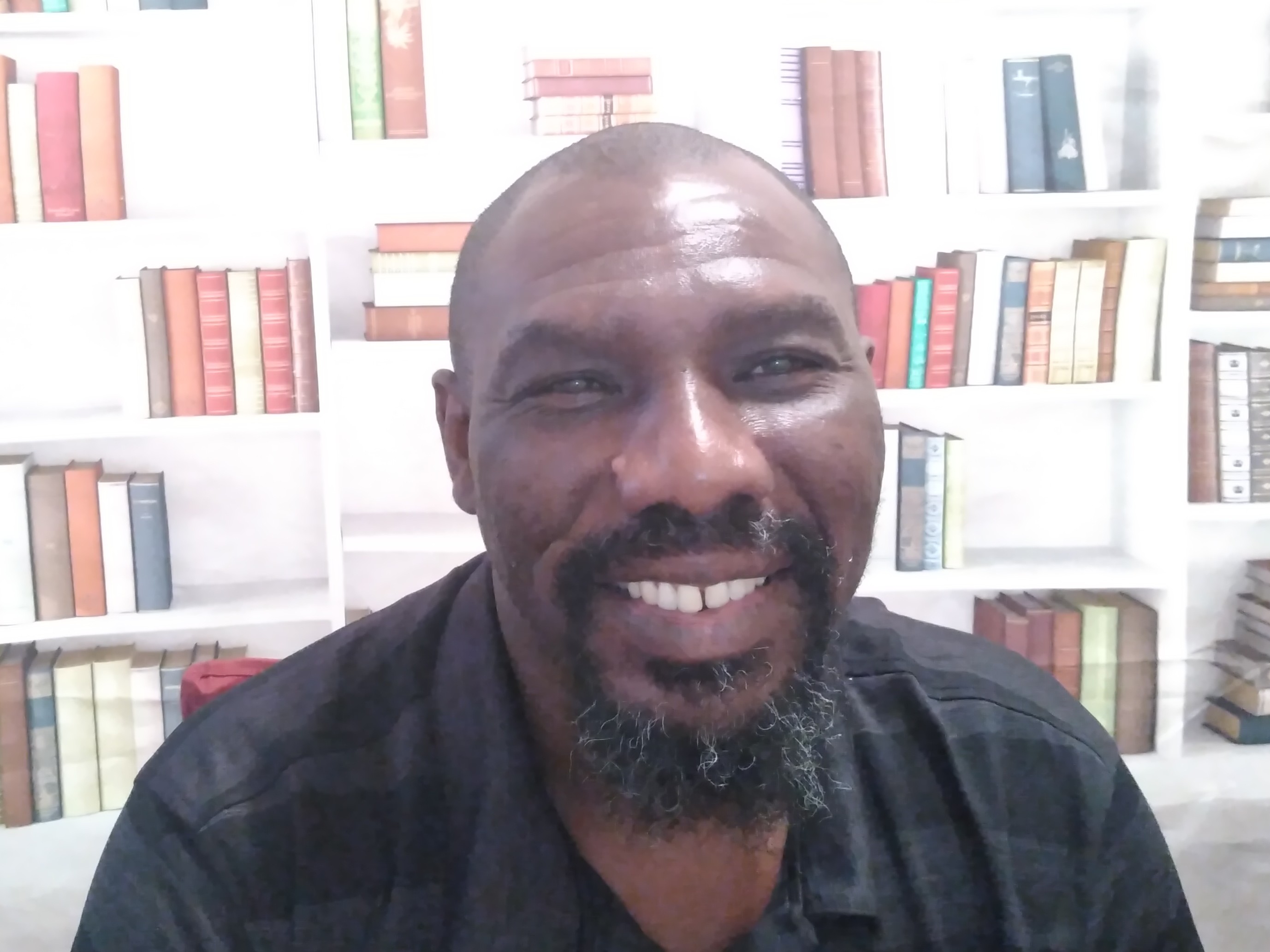What does cardio do to your body?
What does cardio do to your body? We asked a doctor to explain its many benefits

We know it can get your heart pumping and leave you out of breath, but what does cardio do to your body?
Before plunging into the details, it’s worth laying out exactly what counts as cardio. Technically, any exercise that gets your heart rate up and increases blood flow falls into this category. That means that running on one of the best treadmills, climbing stairs, jumping rope and other high energy exercises all count.
But what precisely is going on inside when you’re exercising — and how does it benefit your wellbeing? We asked a doctor to break it down in its simplest term
What happens during cardio exercise
During a cardio session, your muscles require a higher amount of blood and oxygen to function. Your heart and lungs work overtime to pump these things through your body — which is why your heart rate rises and you feel out of breath during your workout.
Because you’re challenging your heart and lungs with this type of exercise, repeating it regularly will actually improve the way that these body parts function, as they get stronger and more efficient. And there are plenty of other health benefits to gain from cardio, too.
Benefits of cardio exercise
Dr. John Vasudevan, MD, CHUSM, is associate professor of rehabilitation at the University of Pennsylvania and knows first-hand the benefits cardio exercises have on the body as well as the heart.
“Cardiovascular exercise basically benefits anywhere that blood flows,” said Vasudevan.
“Increased blood flows mean more oxygen to your muscles and vital organs, more nutrition coming to it, better waste removal, so that’s why cardiovascular exercises — even though its training the heart as a muscle itself — really benefits your heart, your lungs, your blood vessels, your internal organs, even your brain and your psyche.”

Dr. John Vasuden is a medically qualified physiatrist, who has a Certificate of Added Qualification in Sports Medicine. He is engaged in both university-level education and medical clinical practice. He has contributed to several medical studies and reviews, while continuing to treat and advise patients and athletes.
What counts as cardio exercise
“Basically, cardio is any exercise that brings your heart rate into a certain range so it’s anything that gets your heart pumping,” Vasudevan said.
“That can be categorized as light, moderate or vigorous and there are different models out there but they have to do roughly with estimating a certain percentage of your maximum heart rate by your age.”
Exercises such as running, cycling, and swimming are seen as the go-to cardio exercises, but they aren’t by any means the only ones.
“Really any activity that gets your heart rate consistently raised is something that is cardiovascular so that can be weight training, dancing — it can be doing a lot of different things outside of standard exercises as you think about it,” he said.
Again, the trick to getting the cardiovascular benefits out of any specific exercise or activity is to get that heart working.
- Read more: What are cardio heart rate zones?

How hard should you push yourself?
There are ways to mathematically determine your maximum heart rate and use that number to determine your ‘target heart rate’ for cardio exercise.
To determine your maximum heart, you usually subtract your age from 220. So a person aged 30 would have a maximum heart rate of 190 beats per minute (220 - 30 = 190.) From here, you can work out how ‘hard’ you want to go during a session. For a moderately challenging session, you might attempt to work out at 70-80% of your maximum heart (around 133-152 bpm.)
But technically cardio is anything that raises your heart rate above its average resting rate, so even if you’re working out at 50-60% of your maximum heart rate, you’re still doing cardio.
Aerobic vs anaerobic exercise
If you want to be able to sustain your workout for a longer period of time, it makes sense to aim for a modest heart rate zone. Vasudevan explains why:
“Cardio exercise can take advantage of aerobic exercise — which means your body is using oxygen for your fuel — and the advantage of aerobic exercise is endurance, the ability to go a long time.”
If you were pushing yourself into the high-energy anaerobic zone it would mean that your body was primarily drawing its energy from sources like stored glucose, rather than relying on oxygen. It’s a lot harder to sustain this kind of activity for long periods.
“If you’re doing anaerobic exercises, which uses chemical storage within your body for quick power, like weight training or heavy weights, you probably couldn’t lift heavy weights for like a half hour straight in many cases just because it relies on different fuel sources which has its own advantages,” said Vasudevan. “Basically, oxygen provides a lot of energy and can help you sustain exercise over a long period of time.”
- Related: Aerobic vs anaerobic exercise

Cardio exercises vs strength training
All exercises have their potential benefits and depending upon your fitness goals, you might choose one particular exercise activity over another. A person training for a marathon might have a different workout routine to someone training for a powerlifting competition. For the average person though, which is best?
“A balanced exercise regimen has your typical cardiovascular and aerobic exercises for building endurance and then you have to have your resistance training, which is more for building power and making sure that your muscles are fatigue resistant. Because that helps you prevent injury when you’re going the distance.”
“So, they complement each other. It’s usually like a little cardio for endurance, strength for power and flexibility exercise for agility and peak performance.”
Looking for tips on how to get started? Read through our pieces on weightlifting for beginners or check out these tips on how to improve your flexibility.
Sign up for the Live Science daily newsletter now
Get the world’s most fascinating discoveries delivered straight to your inbox.
Nathaniel Lee is a writer, journalist, author and podcaster from Philadelphia, with over 15 years of experience. His work has been published in The Philadelphia Sunday Sun, The Scoop USA, The Public Record, The Westside Weekly, The Metro, The Philadelphia Tribune, The University City Review, The Philadelphia Free Press, and the Southwest Globe Times











